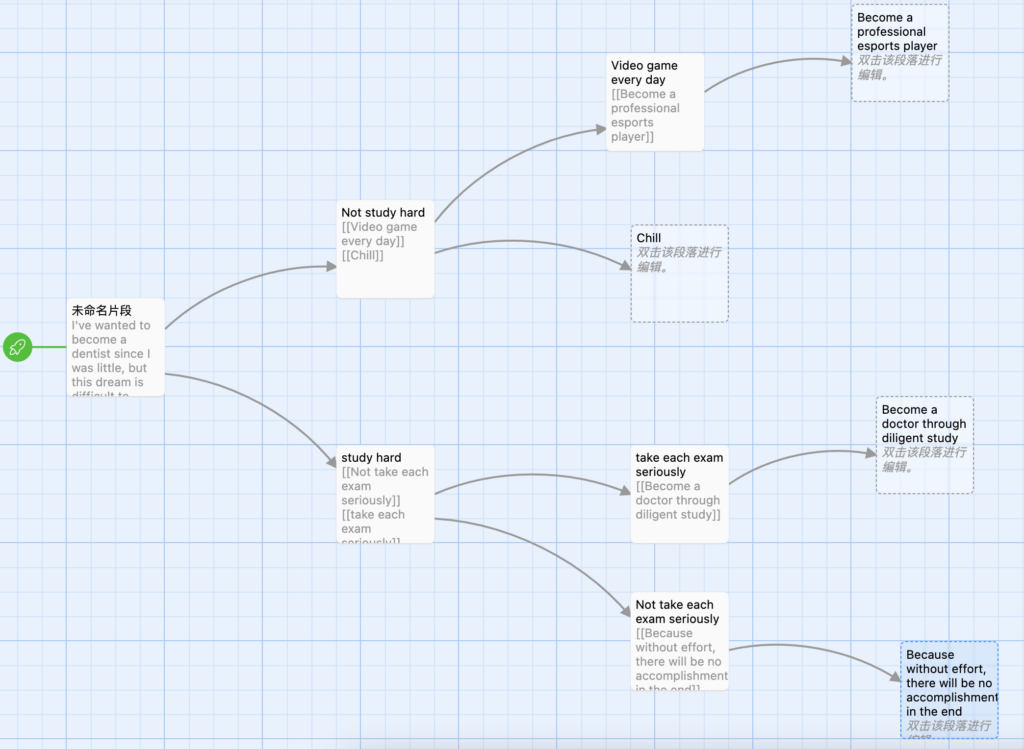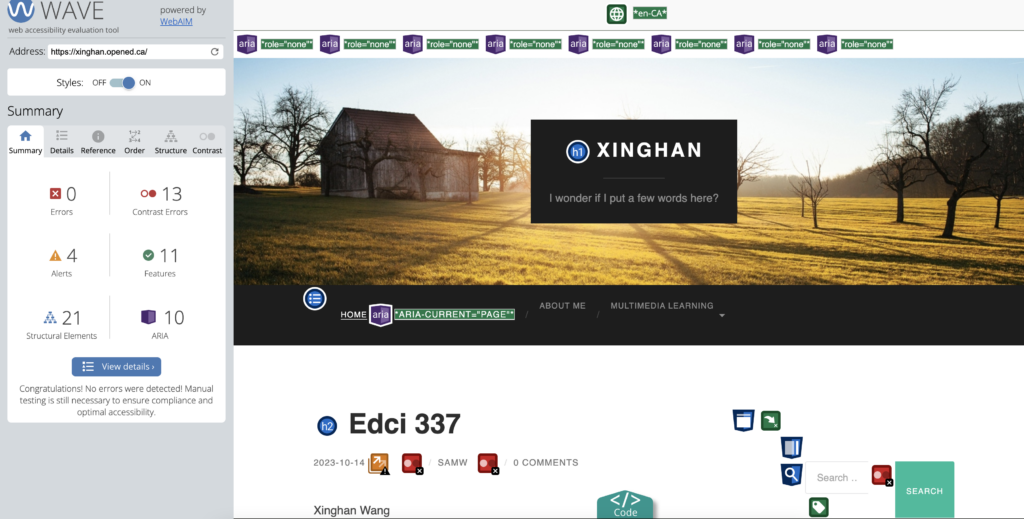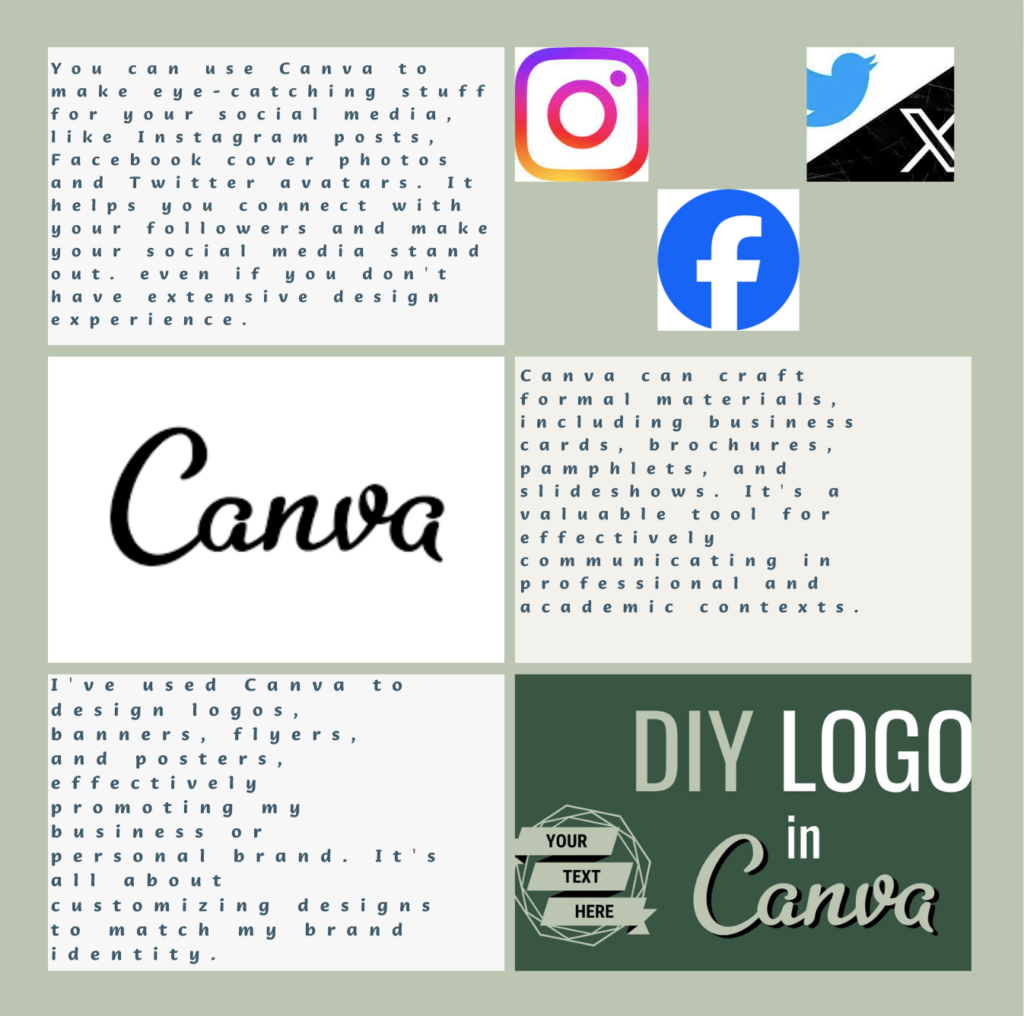We’re living in a tech-driven world where tools like ChatGPT, Quillbot, and many other AI platforms can pretty much do everything. But as university students, how do we actually use AI the right and smart way to improve our learning without falling into the trap of laziness or overdependence?
That’s a question worth asking and also the main focus of our group discussion. In this blog post, I want to dig a little deeper into this topic and share some practical ideas on how students can use AI in a healthy, productive, and ethical way.
First: Know What You Need from AI
Before using any AI tool, ask yourself:
Do I want to learn faster? Or do I want to understand better?
- If you want to boost efficiency, let AI help you with tasks like summarizing notes, highlighting key points, generating outlines, or even making your study plan.
- If you’re trying to deepen your understanding, use AI to explain difficult concepts, ask follow-up questions, or simulate conversations to help you think critically.
Knowing your goal helps you use the tool wisely and not blindly.
Smart Ways to Use AI as a Student
Generate Personalized Study Plans
You can tell AI about your courses, deadlines, and exam dates. It can help you schedule your tasks, break them into daily goals, and even mark which topics you should prioritize.
Organize Mistakes & Notes
Upload your past mistakes or messy class notes, and AI can help you categorize knowledge points, summarize common errors, and turn chaos into clarity.
Writing Support
Personally, writing has always been my weak point. I often turn to AI for help with structuring my essays, rewriting awkward sentences, and checking grammar. It doesn’t write for me, but it gives me the push I need to improve.
Explaining What You Don’t Get
There are times when I just don’t get what the professor said in class. So I copy the concept and ask AI to explain it sometimes with a chart, sometimes with a dialogue whatever works best for me.
Use AI Responsibly Here’s How
- Don’t upload original assignment questions that’s academic misconduct, and many schools are already using AI-detection tools.
- AI is your assistant, not your ghostwriter. It’s there to support your thinking, not replace it.
- Always think critically. AI can make mistakes. Don’t take its answers as absolute truth. Check facts, ask questions, and use your own judgment.
Final Thoughts
AI is not here to replace students it’s here to empower those who use it wisely. As a student in this AI age, learning to collaborate with these tools is just as important as learning the course content itself.


















Recent Comments